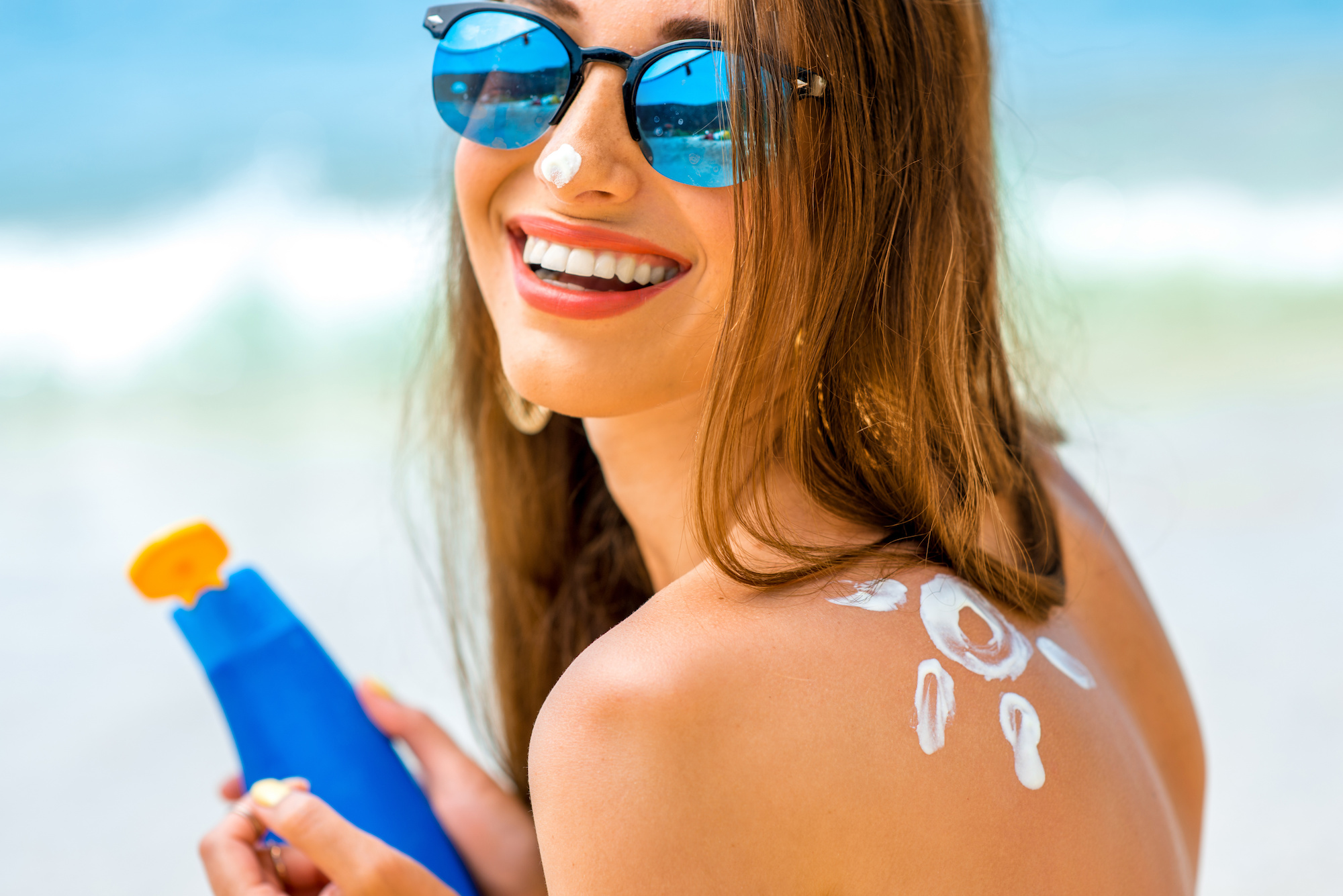
We all know the importance of sunscreen for defense against skin cancer, but how did this miraculous creation come about?
“There’s actually some very interesting history here,” says Dr. Adam Mamelak, dermatologist and skin cancer expert at Sanova Dermatology in Austin, Texas, “complete with mountain climbing, skin care gurus, warfare strategies, not to mention a little chemistry.”
In the early 1930s, H.A. Milton Blake, a South Australian chemist, began experimentation to produce sunscreen. Chemist Eugene Schueller, the founder of L’Oreal, invented the first sunscreen in 1936. In 1938, Franz Greiter, a Swiss chemist, sought a way to protect the skin against the sun after he experienced sunburns climbing Mount Piz Buin on the Swiss-Austrian border. Greiter’s cream sold in the market as Piz Buin, and it is still in circulation today. In the 1970s Piz Buin incorporated sunscreens with UVA and UVB filters.
Benjamin Green, an airman and pharmacist during World War II, used red veterinary petrolatum as a physical barrier to protect himself and other soldiers from ultraviolet radiation. After the war Green would improve his product by mixing in cocoa butter and coconut oil. Coppertown bought his patent and commercialized it as Coppertone suntan cream. In the early 1950s this company put out brands like “Coppertone Girl” and “Bain de Soleil.”
In 1978 the Food and Drug Administration (FDA) tried to regulate the market through the use of standards for safety and effectiveness. “The SPF rating was developed to measure the number of sunburn UV rays that reach the skin,” explains Dr. Mamelak. “For example, an SPF of 15 means that 1/15th of the burning radiation will reach the skin.”
The FDA’s safety measures stated that in the long run, sun tanning was not good for the skin. In 1988, the FDA approved a sunscreen with avobenzone, a filter for UV-A light. Today, sunscreens sold in stores incorporate broad spectrum protection against UV-B and UV-A radiation.
“Overall, the most important advice that I tell patients about sunscreen is to wear it,” states Dr. Mamelak. “Protecting your skin from the sun with sunscreen and UPF-rated clothing is your best plan of action when preventing skin cancer or looking to avoid age-related changes in the skin.”
Contact Us
If you would like to learn more about the best ways to protect your skin, please contact us.
